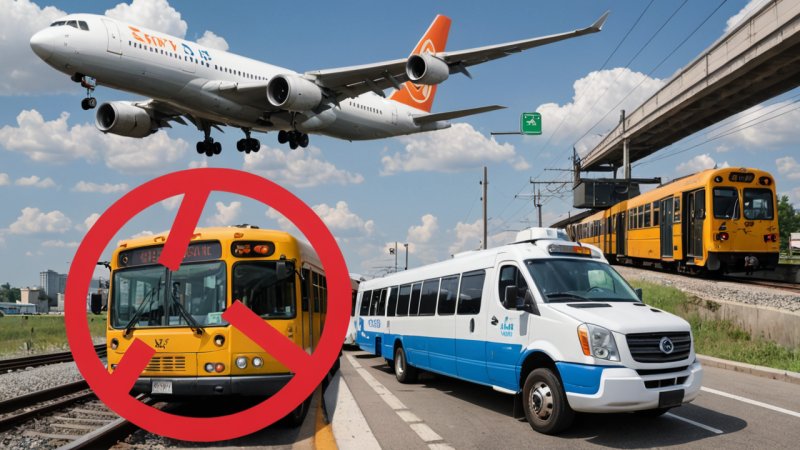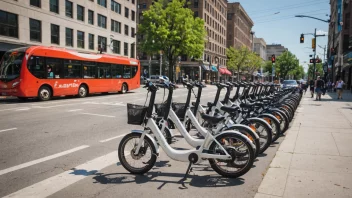In this fictional interview, we have the pleasure of speaking with Dr. Emily Carter, a renowned expert in transportation safety and risk assessment. With over 15 years of experience working with international transportation organizations and a Ph.D. in Urban Transportation Systems, Dr. Carter has dedicated her career to improving travel safety across various countries. Today, she shares her insights into understanding transportation safety ratings and how they vary around the globe.
The Importance of Transportation Safety Ratings
Interviewer: Dr. Carter, can you explain why transportation safety ratings are crucial for travelers?
Dr. Carter: Absolutely. Transportation safety ratings provide travelers with essential information that helps them make informed decisions. These ratings can indicate the reliability of different modes of transport, such as buses, trains, and airlines. In many cases, they reflect the safety standards of a country, which can vary widely. Understanding these ratings allows travelers to assess risks and choose safer options.
How Ratings Are Determined
Interviewer: How are these safety ratings calculated? What factors do organizations consider?
Dr. Carter: Various factors are taken into account when calculating safety ratings. These can include accident statistics, maintenance records, inspection results, and compliance with safety regulations. Additionally, traveler feedback and experiences play a significant role. For instance, organizations often analyze data from governmental agencies, independent safety audits, and international safety standards to establish a comprehensive picture of safety in transportation.
Variations Across Countries
Interviewer: Are there significant differences in transportation safety ratings among countries? If so, what contributes to those differences?
Dr. Carter: Yes, there are notable variations. Countries with stringent safety regulations, advanced infrastructure, and regular maintenance schedules tend to have higher safety ratings. For example, many Scandinavian countries rank high due to their investment in safe transport systems and technology. Conversely, in regions where regulations are lax or infrastructure is poorly maintained, safety ratings often reflect those shortcomings. Socioeconomic factors, cultural attitudes towards safety, and government commitment to enforcement also play critical roles.
Impact on Travelers
Interviewer: How can travelers use safety ratings to enhance their travel experience?
Dr. Carter: Travelers can use safety ratings to select transportation options that align with their comfort levels. For instance, if someone is particularly concerned about flying, they might look for airlines with top-tier safety ratings. Furthermore, understanding local transportation systems can help travelers avoid risky modes of transport, especially in countries where public safety measures may not be as robust. It's also wise to stay informed about travel advisories that may reflect safety concerns in specific areas.
Future of Transportation Safety Ratings
Interviewer: What do you see as the future of transportation safety ratings? Are there any emerging trends?
Dr. Carter: The future is promising, with technology playing a pivotal role. We’re seeing more real-time data collection through mobile apps and global positioning systems (GPS), which can provide travelers with immediate safety information. Additionally, as awareness increases, we may witness more standardized safety ratings that travelers can rely on universally. This could lead to enhanced accountability among transportation providers and improved safety measures worldwide.
Advice for Travelers
Interviewer: Finally, what advice would you give to travelers regarding transportation safety?
Dr. Carter: My primary advice is to always do your homework. Research the safety ratings of the transportation options available in your destination. Additionally, consider speaking with locals or other travelers who have experience in the area. Stay updated with travel advisories and be willing to adapt your plans to prioritize safety. Remember, a little extra effort in planning can enhance your overall travel experience.
In conclusion, understanding transportation safety ratings is essential for travelers seeking to make informed choices about their journeys. Dr. Carter's insights underscore the importance of these ratings as a tool for enhancing safety and improving travel experiences worldwide. By staying informed and proactive, travelers can navigate the global transportation landscape with greater confidence.






